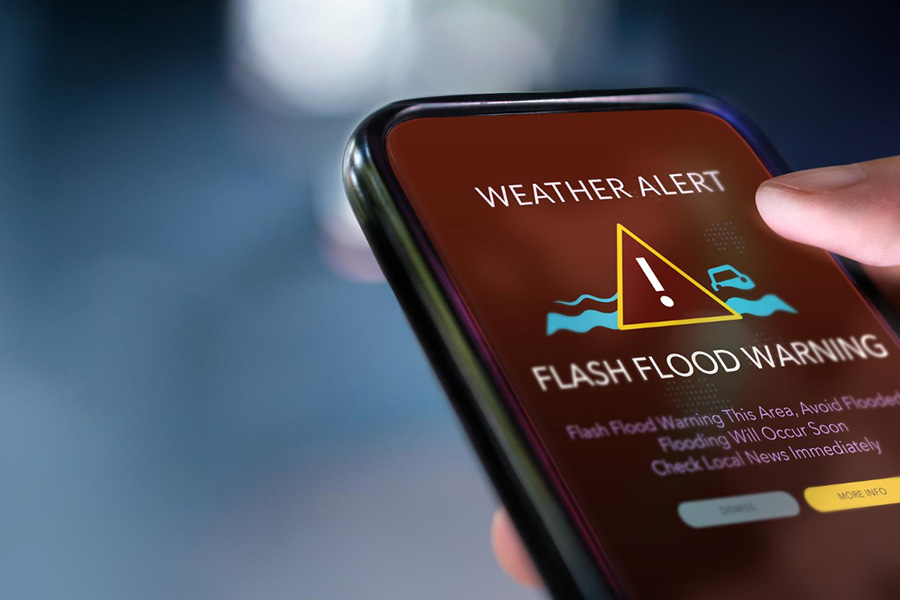
The Indo-Pacific region will see increased storm surge intensity and extreme events due to climate change.
Authors
Kamlesh Kumar Saha, Department of Applied Sciences, National Institute of Technology Delhi, Delhi 110036, India
Prashant Kumar, Department of Applied Sciences, National Institute of Technology Delhi, Delhi 110036, India
Anurag Singh, Department of Computer Sciences and Engineering, National Institute of Technology Delhi, Delhi 110036, India
Bahareh Kamranzad, Department of Civil and Environmental Engineering, University of Strathclyde, Glasgow G11XJ, United Kingdom
Ian R. Young, Department of Infrastructure Engineering, University of Melbourne, Melbourne, Australia
Rajni, Associate Professor, Jindal Global Business School, O. P. Jindal Global University, Sonipat, Haryana, India
Summary
Storm surges are critical events for densely populated coastal areas and offshore islands, with the occurrence of coastal flooding expected to increase due to sea-level rise and intensified storm activity under climate change. This study evaluates projected changes in both seasonal mean and extreme storm surges across the Indo-Pacific region using high-resolution Coupled Model Intercomparison Project Phase 6 (CMIP6) climate models under the SSP5–8.5 high-emission scenario. This study assesses the seasonal storm surge simulation skill of five CMIP6 models, benchmarked against ERA5 reanalysis data for the period 1979–2010. The model performance is quantified with the comprehensive rating index (CRI) confirming that the Multi-Model Ensemble (MME) for the climate projections has the best overall performance. The Generalized Extreme Value (GEV) distribution, applied using the block maxima method, is used to estimate 100-year return values (RV100) for both the historical (1971–2000) and near-term (2021–2050) periods during the JJA (June–August) and SON (September–November) seasons.
The RV100 analysis reveals heightened surge potential in the North Pacific, South China Sea, and the southern coasts of Australia and New Zealand, with a notable shift in surge intensity from the South China Sea to the North Pacific, particularly intensifying during SON. Projections indicate strong seasonal surge intensities, with the Yellow Sea, Gulf of Carpentaria, and the southern coasts of Australia and New Zealand regions showing pronounced increases in JJA, while positive changes in SON are evident in the North Pacific, North Indian Ocean (NIO), the Indonesian coast, and Gulf of Thailand, suggesting the potential for increased impact from extreme surges in these areas.
Published in: Ocean Modelling
To read the full article, please click here.

